Ask AI on The Internet
Question: Tell me a story. How was the film about the NYPD shot? The director's words, come up with a name for him? we bought some old cars and painted them to show the real NYPD, we even bought a Ford Cra Victoria because this car is the protagonist of the film. We refueled it and repaired it. We had several cars, 1 of them was a stuntman, we not only had a Ford Crown Victoria, we had a Ford Polis sedan, Ford Politeness, we used a lot of equipment, and we used a Dodge Charger to show the Highway Patrol. next, describe the dialogues, how they shot films, footage from the set and how the filming took place, how they made a police car out of a Ford Victoria and come up with the name of the film they are shooting
**Title: "Streets of Justice"** --- The director, **Damien O'Connor**, is an impassioned filmmaker known for his commitment to authenticity. During the press conference for his latest film, "Streets of Justice," he shared the intricate process behind bringing the gritty, realistic portrayal of the NYPD to life on the big screen. Damien described the project, saying, "We wanted to capture the essence of what it means to be an officer in New York City, the challenges they face daily, and the bond they share with their patrol cars. For that, authenticity was key. We sourced several old cars reflective of the NYPD fleet and meticulously restored and repainted them. Among these, the Ford Crown Victoria, often dubbed the 'workhorse' of the NYPD, was central. It wasn't just a prop; it was a character in its own right." ### Car Restoration and Preparation The production team left no stone unturned. They purchased several old cars, including a Ford Police Interceptor Sedan and the proverbial hero car, a Ford Crown Victoria. These cars were more than mere vehicles; they symbolized the relentless spirit of the NYPD. The team took painstaking measures to refurbish the Crown Victoria. Mechanics revamped the engine, while artists repainted the body to match the NYPD's iconic blue-and-white design. Decals, light bars, and other police-specific equipment were added to transform these civilian cars into credible patrol units. "The refurbishment process was intensive," explained Damien. "We refueled, repaired, and equipped these vehicles to reflect their actual counterparts on the streets. We even had a specific Crown Victoria as our stunt car for high-octane chase scenes. You wouldn't believe the coordination and dedication it took." The Dodge Charger was another crucial element, used to depict the agile and powerful vehicles of the Highway Patrol units. This added a dynamic contrast to the older, more classic vehicles. ### Scenes and Dialogues Shooting the film involved elaborate setups and carefully choreographed action sequences. One notable scene involved a high-speed chase through the bustling streets of New York. **Scene Description:** The protagonist, Officer Jake Harris, races down 5th Avenue in his Crown Victoria, sirens wailing and lights flashing. A Dodge Charger from the Highway Patrol joins the pursuit, showcasing a seamless coordination between city and highway units. **Dialogue:** - **Officer Jake Harris:** (into his radio) "Dispatch, this is 1-5-4. We have a suspect heading north on 5th, speeds exceeding 90. Requesting Highway Patrol support." - **Dispatch:** "Copy 1-5-4. Highway Patrol en route." - **Highway Patrol Officer:** (over the radio) "Hang tight, Jake. We're closing in." **Behind the Scenes:** The set was a hive of activity. Camera crews rigged the cars with multiple angles, drone shots mapped out the aerial perspectives, and stunt coordinators choreographed the dangerous sequences to ensure safety and realism. Damien often coached the actors from behind the camera, emphasizing the importance of delivery to ground the scenes in reality. "Your emotions drive this story as much as the cars do," he yelled during a rehearsal. "Remember, these vehicles are your lifelines; they represent your fight for justice!" ### Challenges and Triumphs Filming in New York City had its own set of challenges. Real traffic and curious onlookers constantly interrupted takes. But Damien believed these elements added to the film's authenticity. "The chaotic energy of the city is something you can't replicate on a soundstage," he remarked. "It's as much a part of the story as any character." The team wrapped up shooting with a deep sense of accomplishment. The once-rusty collection of old cars had been transformed into gleaming symbols of law enforcement, ready to grace the silver screen. As Damien O'Connor concluded his insights, he summed up the journey: "Streets of Justice is not just a film; it's a tribute to the spirit of law enforcement and their unwavering dedication. Every car we restored and every scene we shot is a chapter in their story." And with that, "Streets of Justice" was ready to premiere, promising audiences a captivating, authentic glimpse into the lives of New York City's finest.
Think your answer is better than the AI's? Post it below.
Question Tags
If you want your question answered by an AI, click here.
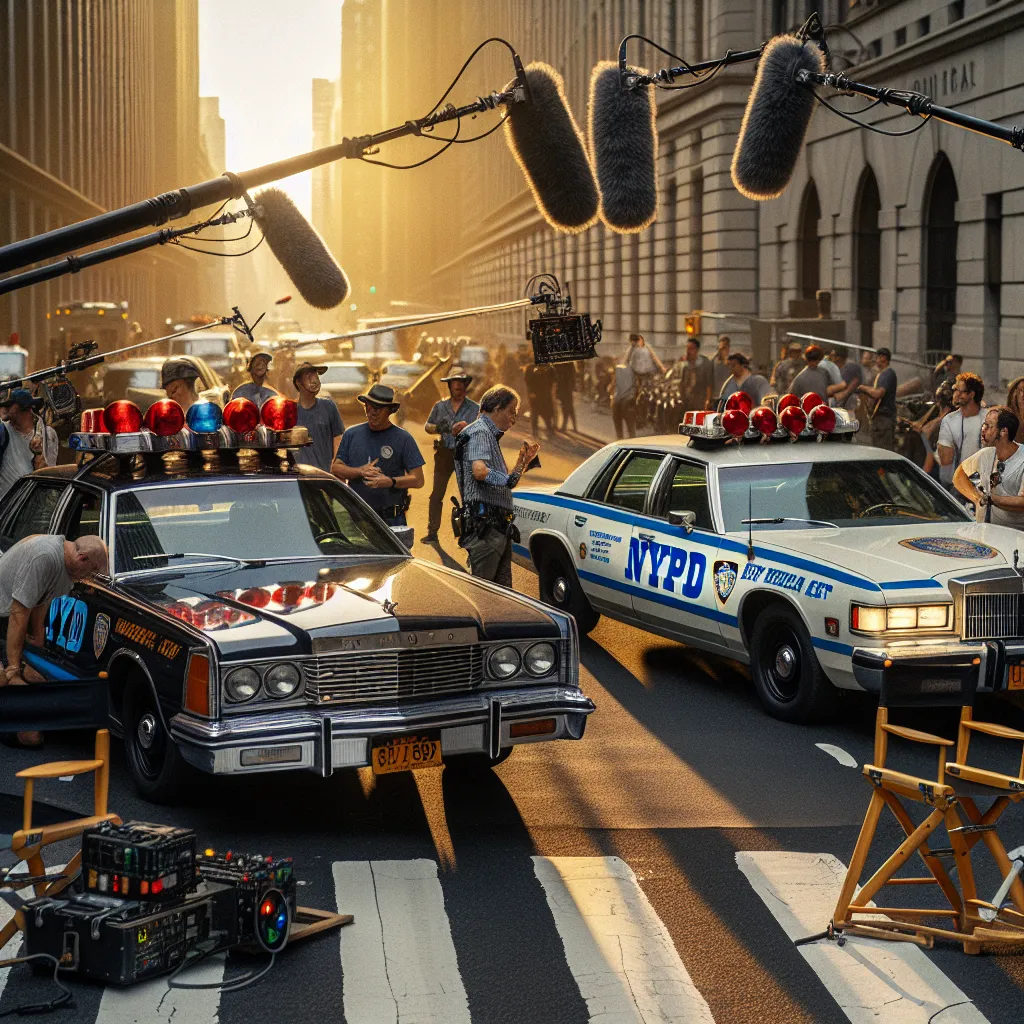

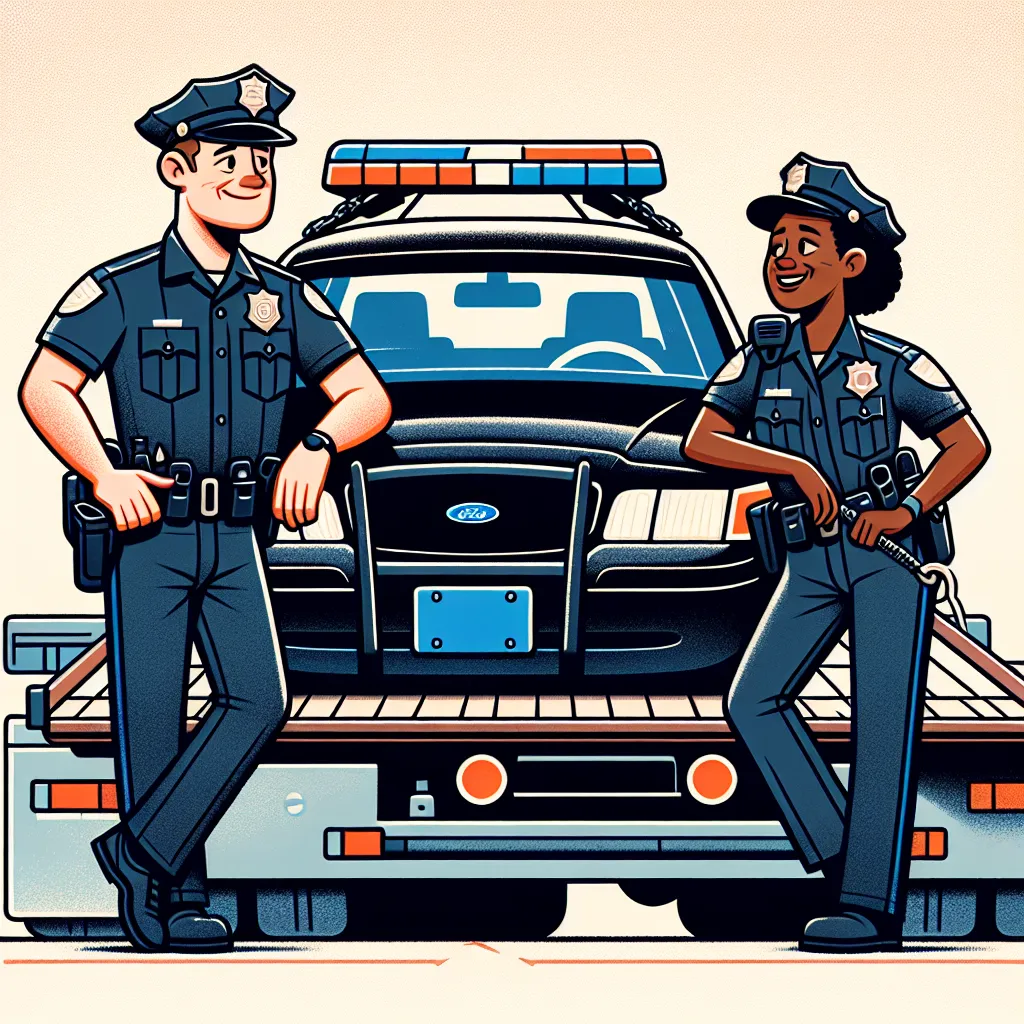
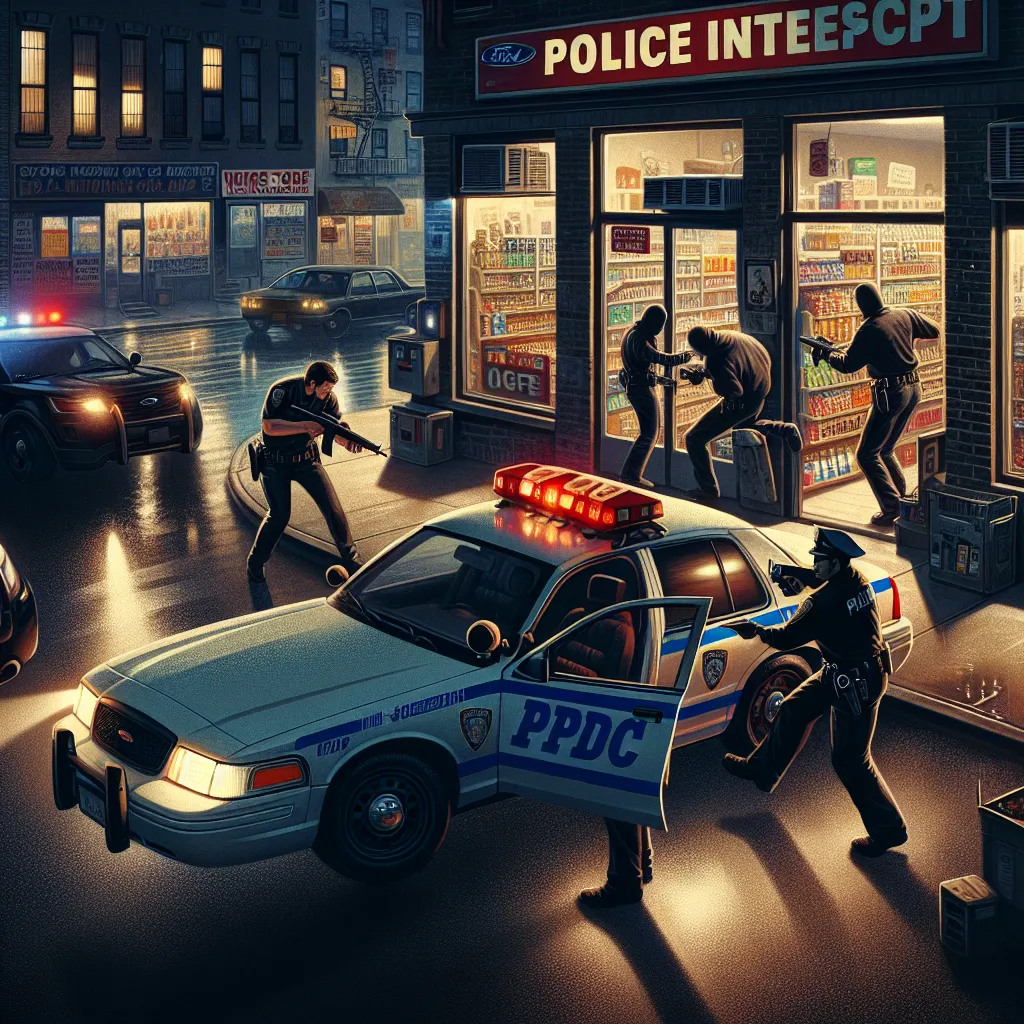

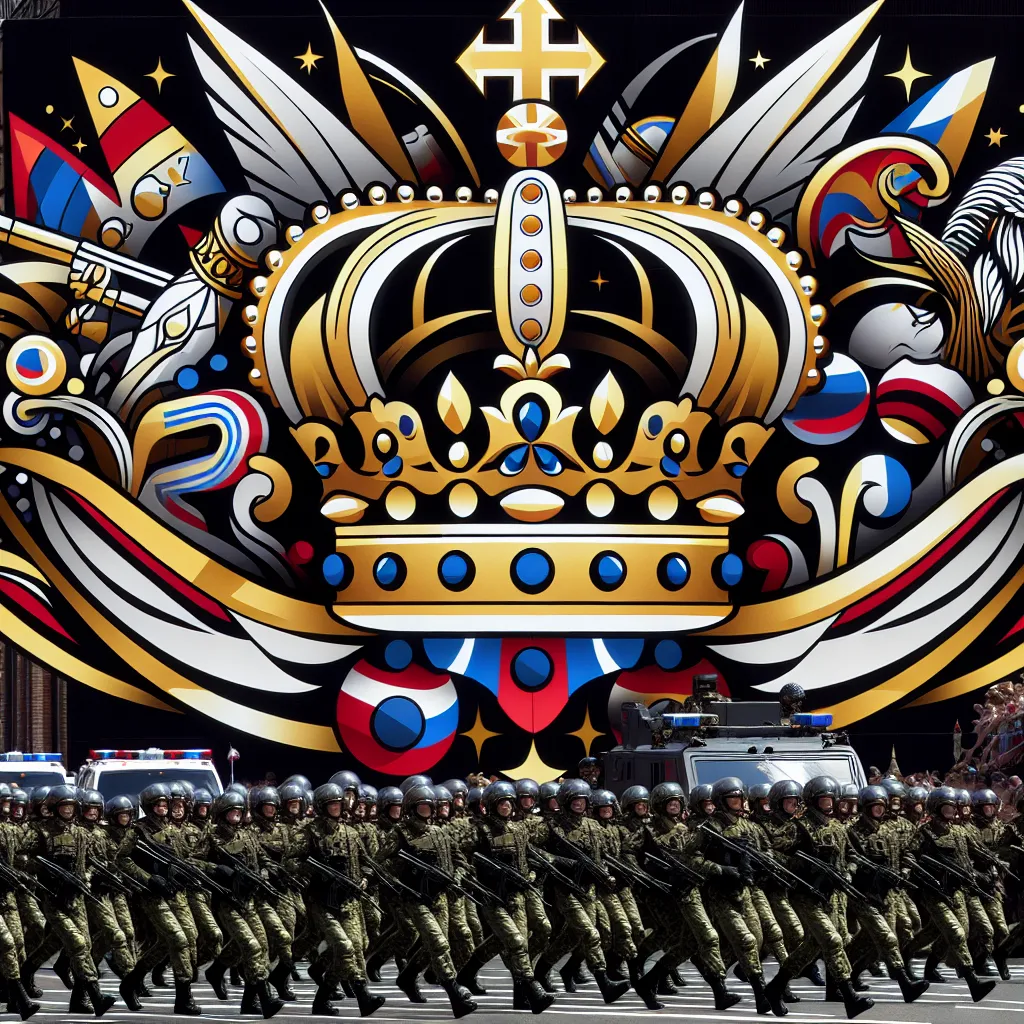
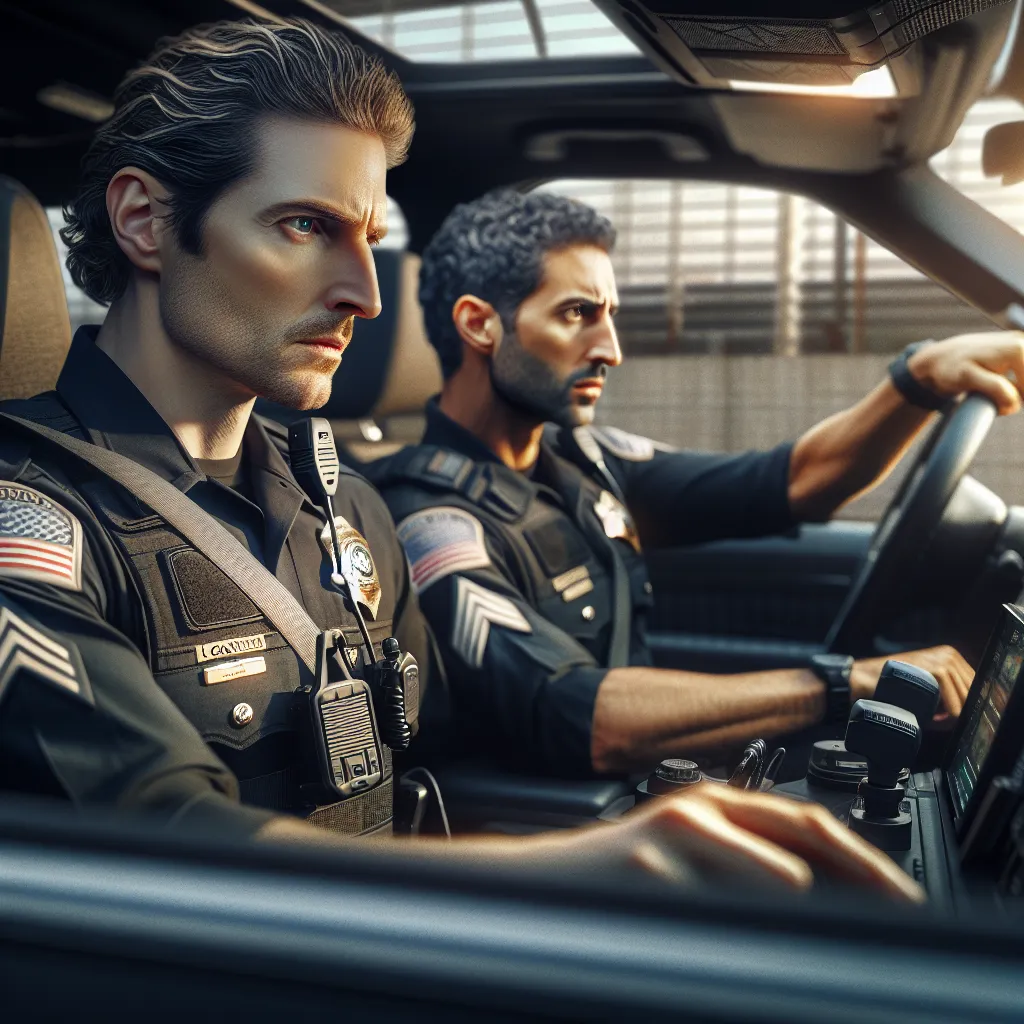
Post your own comment: